Did you know…Time in is the new positive alternative to using time out?
How putting a positive spin on discipline is healthy for you and your child’s relationship
This post may contain affiliate links. I may earn compensation when you click on the links; at no additional cost to you. Please see the disclosure policy for more information. All opinions expressed are my own.
Have you heard about parents using time in instead of time out? The positive benefits of using time in instead of using time out is worth looking in to if you are a parent.
The link between Time In and Positive Discipline
There is an underlying link between using Time In and Positive Discipline. Time in is a tool used in effectively implementing positive parenting and disciplining. Positive discipline plays a big part in incorporating time in as a parenting tool used with your parenting. Positive discipline, along with time in promotes self-respect, self-discipline, cooperation, desired behavior, and problem solving skills in children . This line of thinking goes right along with the Montessori practices and principles regarding self-respect and self-discipline, which are key elements to time in and positive discipline.
Want to learn more about how to parent with positive discipline? Sign up for my FREE course, Path to Positive Parenting & Discipline! Path to Positive Parenting & Discipline!
Related post: Montessori Tidbits Part 2: Positive Discipline the Montessori Way
Time in and Time out? Is there a difference?
There is definitely a difference between time out and time in.
Time out is when a child is made to go alone somewhere for a determined or sometimes undetermined number of minutes. The child is sent to a place away from others, and adults are instructed to ignore the child’s cries, attempts or requests for attention during the time out.
Time out tactics are only temporary solutions to the problem, only preventing the behavior from occurring in the moment. With time outs, they unfortunately can lead to children feeling abandoned, rejected, frightened and confused.
Time in is when a child is given the opportunity to engage in an activity that will help calm them and diffuse the situation. Children are allowed to choose one of many appropriate, predetermined “activities”, and there is no set time restraint placed on a time in. Children are encouraged and prompted to recognize and address their feelings and emotions.
Time in tactics allow a child to get a grasp on their feelings; a quiet until the storm has passed sort of speaking. The time in allows things to calm down, so that you and the child can then address the situation. With time ins, they can lead to children to feeling safe, loved and a better understanding of their emotions.
Comparison of time in verses time out
Timeouts do not help children learn to regulate their emotions or help them understand right from wrong. Most times, time outs can lead to more power struggles and the continuing of the undesired behaviors.
Time out characteristics:
- it is adult directed; with child being made to be isolated for set amount of time
- children are placed in time out regularly, with no change in behavior
- when in time out the child asks over and over when can they get up
- child is in disagreement when time out is mentioned
- child is placed in time out often for continued undesired behaviors
Time ins help children learn to recognize and manage their emotions, and helps to correct and eliminate the undesired behaviors.
Time in characteristics:
- it is child directed; with child choosing an activity and for the desired amount of time they choose
- children are given time to properly process their feelings
- the display of undesired behaviors become less frequent
- children are not isolated
- gives parent and children an opportunity to talk about the real issue at hand
Time in activity ideas for kids
1. Kids Gratitude Journal
For so long, people and children alike were only talking about what they are grateful for around the holidays. This important topic should definitely be talked about regularly, not just for the holidays!
So I decided to create and publish the Kids Gratitude Journal! The Kids Gratitude Journal is a journal designed for children three to nine, as a way for them to document their feelings and what they are grateful for, by using drawings and writing. There are also mindful activities in this journal as well. This daily journal is great for children of multiple ages to be able to manage and recognize their feelings!
The journal comes in an instant download.
Kids Gratitude Journal
Get your Kids Gratitude Journal now either bound or in instant download to add to your time in arsenal of activities!
2. SnuggleBuddies
SnuggleBuddies are a new product addition to Generation Mindful. They are a plush toy collection with the purpose of helping children learn to recognize, name and regulate their feelings using a four color-code inside each of the SnuggleBuddies. Each color code corresponds to a mood emoji and encourages children to share their emotions on a daily basis.
The red emoji represent mad or scared
The yellow emoji represents happy
The green emoji represents calm
The blue emoji represents sad
Each of the seven SnuggleBuddies comes with:
- a Laminated Feelings Poster and Calendar/Journal: Using this laminated poster, children practice noticing and naming their feelings three times a day. Just mark, wipe, and use it again, month after month!
- Dry Erase Marker
Red Bear
POWER
Red Bear reminds us that we are safe, powerful and FREE!
Orange Fox
JOY
Orange Fox reminds us to be silly…and to enjoy all the fun this life has to offer.
Yellow Lion
BALANCE
Yellow Lion reminds us that our love is fierce…and to roar!
Green Hummingbird
LOVE
Green Hummingbird reminds us that we are love, just the way we are.
Blue Dolphin
PEACE
Blue Dolphin reminds us that our words can bring peace to the world.
Indigo Owl
INTUITION
Indigo Owl reminds us to tune-in and to trust..our body knows what to do.
Violet Elephant
FORGIVENESS
Violet Elephant reminds us that our forgiveness heals.
3. Petite Singing Bowl
Singing bowls are a perfect tool to use for children to utilize in a time in. Tibetan singing bowls have been used for centuries for their healing and meditation purposes. They can be used to reduce stress & anxiety, as well as promote happiness and well being.
Simply set the brass bowl on the small pillow, then run the puja stick around the outside of the bowl, using steady pressure. After a moment, the bowl will begin to vibrate and emit a lovely, calming tone. This singing bowl in particular is smaller, and made especially for a child’s small hands!
4. Rainstick
Similar to the Tibetan singing bowl, a rainstick can also help ease feeling of anxiousness and can provide a calming effect for children. The soft, calming sound it creates can be soothing to a child who is experiencing a range of emotions and feelings.
A rainstick is a long, hollow tube filled partially with small pebbles or beans that has small pins or thorns on the inside. When turned upside down, it makes the sound of rain falling. This is another great tool to add to the appropriate activities for children to use in their time in.
To wrap up
In wrap up, these are just a few examples activities that you can provide for your child while they are practicing time in. It’s important to remember that the goal of time in is to provide a positive place for your child to calm down and regulate their emotions or behaviors. After their time in, it is also important to talk things through with your child to see what other things you both can do to help them manage and positively display their emotions; whether they be mad, angry, sad, happy or scared.

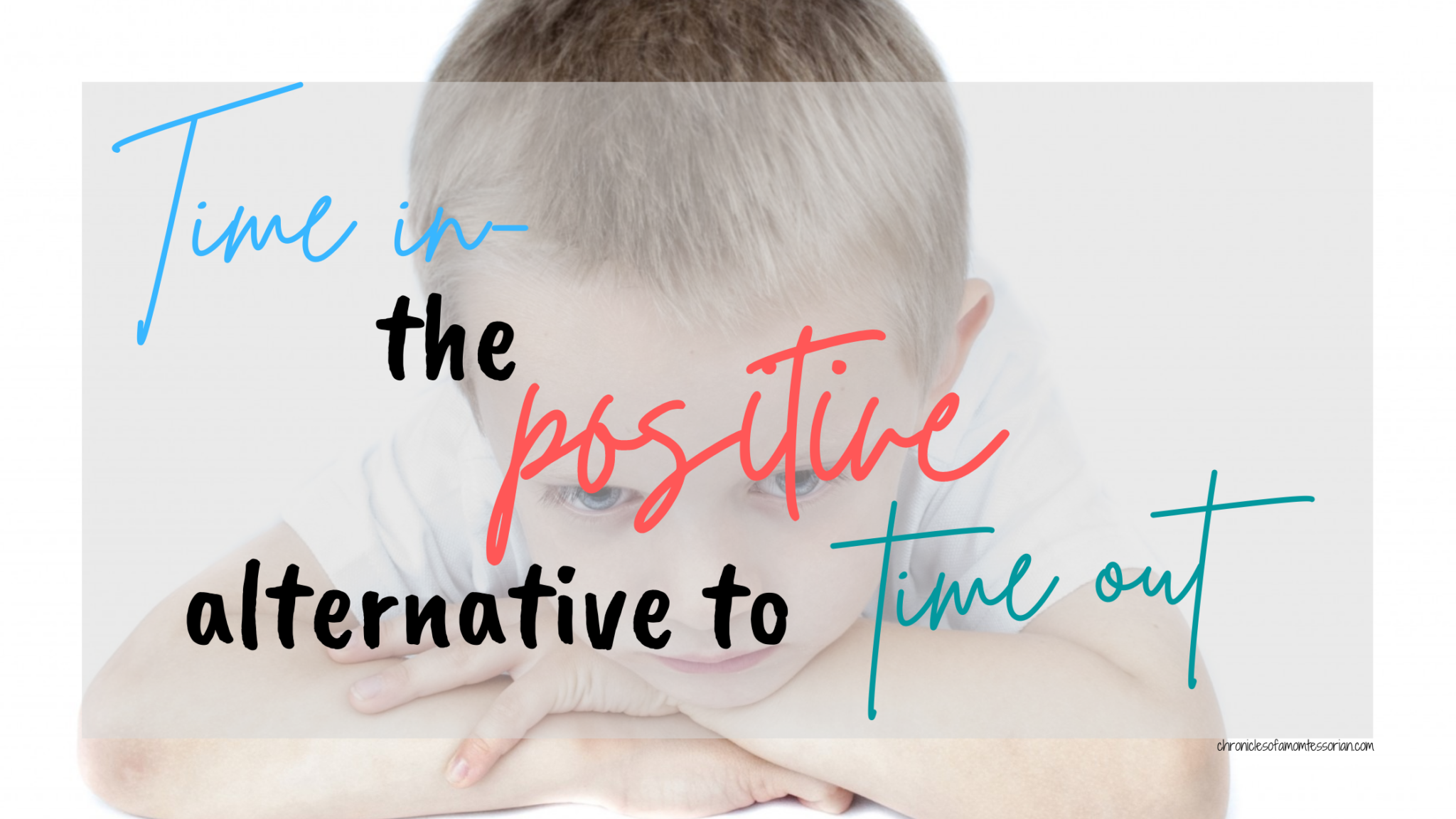
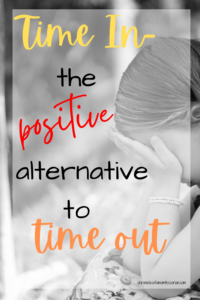
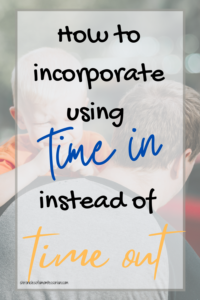
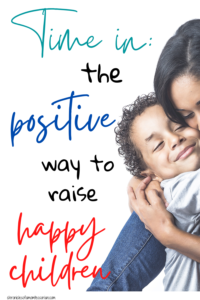
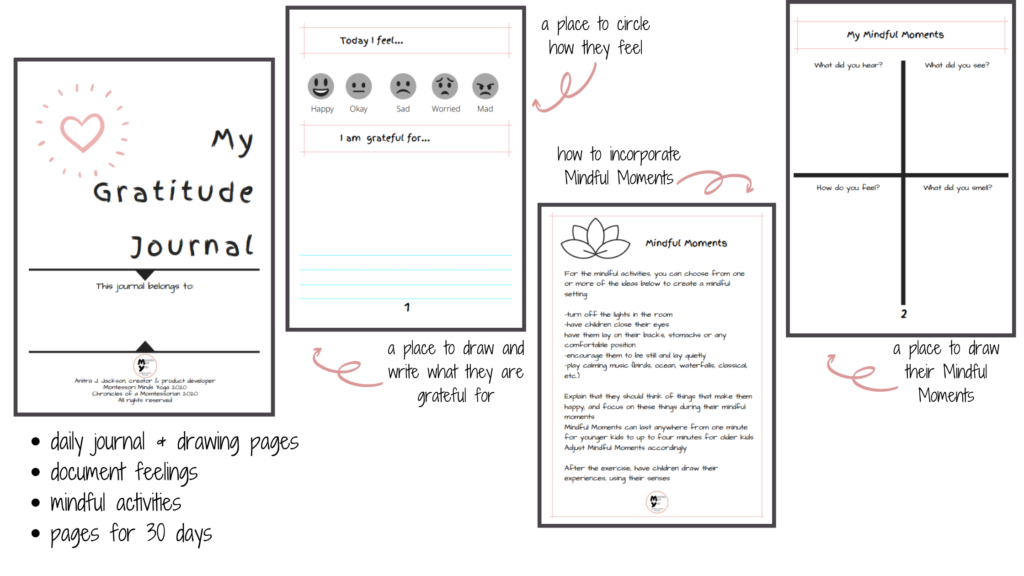


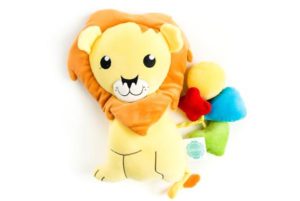
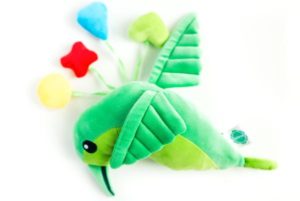
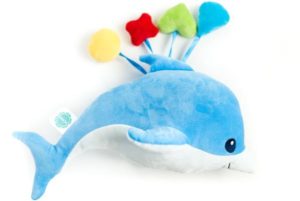
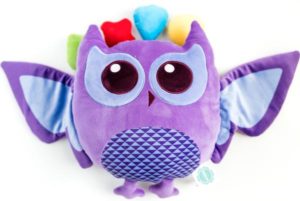
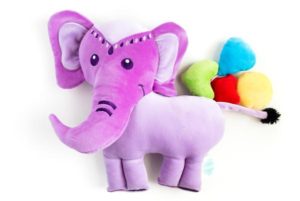
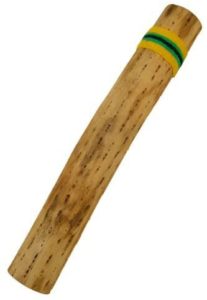
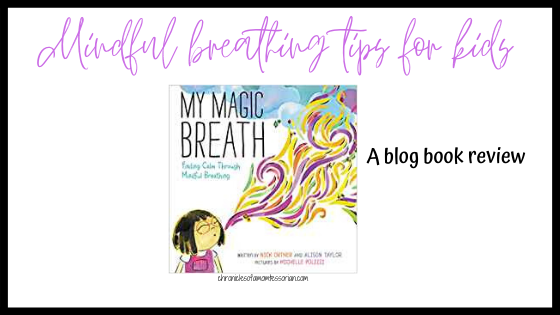


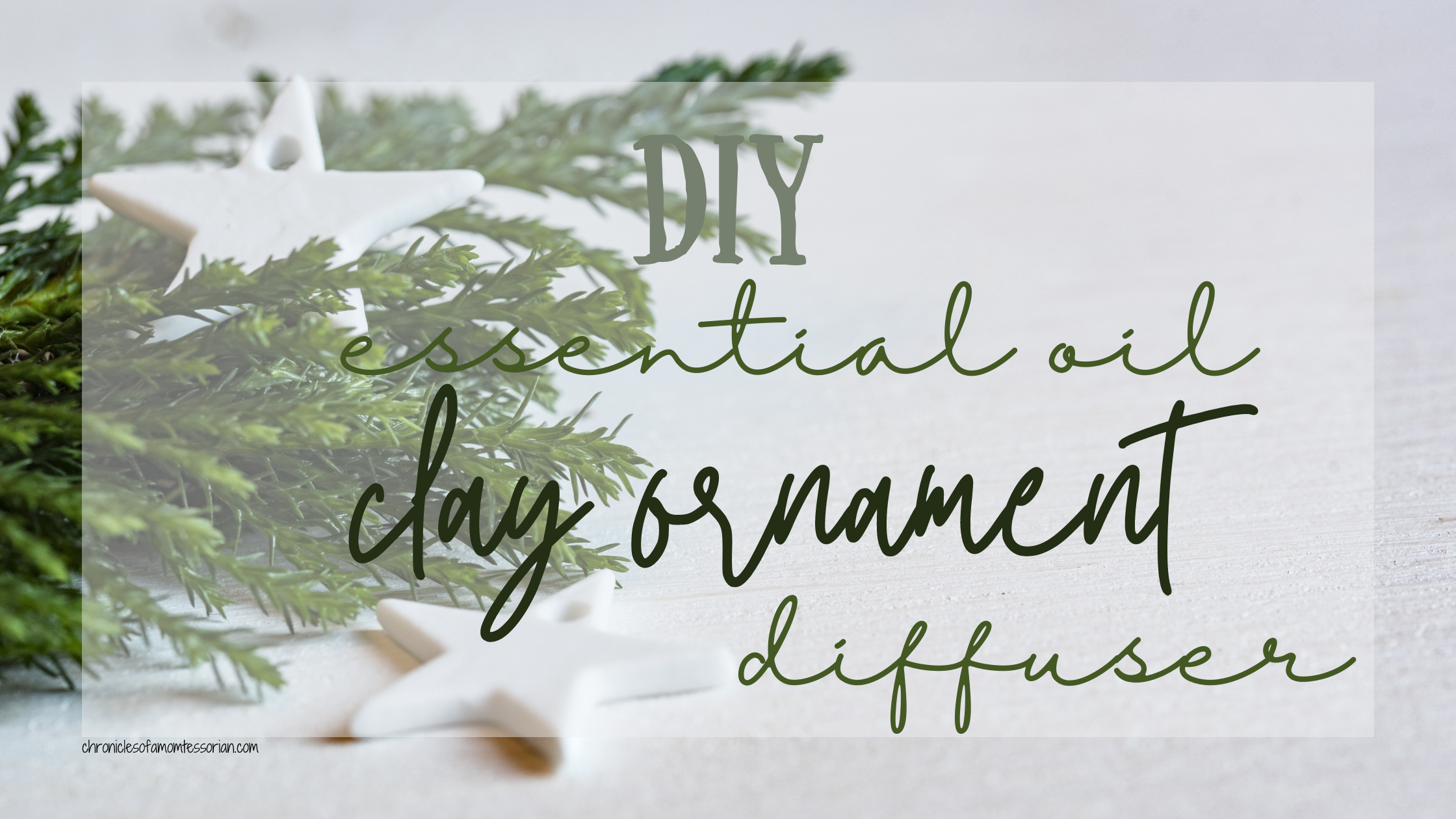
As a former preschool teacher, I used the time-in method a lot (without ever knowing the term). It’s definitely a great way of helping children find lifelong coping strategies instead of the quick fix of timeout. And how cute are those SnuggleBuddies!?
I used these methods when I was a Montessori preschool teacher too Bennett! Children for sure learn tools to help them manage emotions and behaviors.
I love this article . My mother used the tactic of time ins after we’re of a certain age . I did a lot of journaling because of this and I believe it helped me grow rather than being sent to my room !
I’ve never heard of some of these before. This is such a great approach with a positive parenting feel to it. I especially like the rain stick!! How cool.
The rain stick is a super cool tool, Audrey! Time in definitely falls perfectly into line with positive parenting and discipline!
I love this idea. Definitely seems more of a loving and constructive form of discipline.
Yes Abby! That is the basis behind using a time in; it promotes love, happiness and positive discipline!
Thanks for the information. I do know parents using the “Time In” approach and it seems to be helpful.
Beth, yes it works well and provides a way for children to positively manage their feelings.
My daughter has the fox snugglebuddies, but we haven’t used it much. I don’t thinks she’s quite old enough to grasp the concept just yet, but I love the idea behind it! Also definitely believe Time Ins are the way to. Time Outs can be traumatic for kids and my therapist does not recommend them.
Diana, it’s okay if she doesn’t quite grasp the concept of the SnuggleBuddies. It’s great that you have one, I would use it as a resource for when she is having a rough day or is having trouble following directions. It becomes part of her time in arsenal!
Time out rarely works for us. I love the idea of time in!
Angela, you are not the only one who finds that time outs do not work effectively. That is why using a time in with one of the activities works well!
I absolutely love this post. Time-outs are such a negative experience for kids, and they learn nothing. This is a great way to turn it around and make it a true opportunity for growth.
You are absolutely right Holly! Correcting behaviors should be done in a positive manner, and a time in with an activity is the way to go!
This is a great idea! I am trying to move toward more positive parenting, so thanks for the tips!
I love these ideas! My toddler is starting to have tantrums so I have definitely been looking into ways to help her process her emotions. I love the snuggle buddies and am going to look into them more.
Great article. We do time in as well although I think it’ll develop into more specific activities once he gets older (2.5 now).
Currently time in for us is moving to a safer space where he won’t hurt himself if upset and sitting together until he calms down. We often nurse too if he wants. It’s very bonding to calm down together and toon in to each other.
Love these ideas. I vividly remember rainsticks from when I was a kid and could see how that would be relaxing!
Great tips! We sit with our toddler and use a timer. I will look into some of these cool items
I absolutely love the Time-in idea, will definitely be implementing this when my baby grows up. Also love the kids gratitude journal, thank you for sharing!
We do timeouts with a timer and we all come together have a chat afterwards so we can all move forward. Every child is different and this is what has worked for us. great post though, have never heard of time-in!
I love these tips. Never thought of it that way. thank you!
I love this idea. Time in sounds so much better than time out. Appreciate the activity suggestions too. Sharing with my adult children, for their children.
Hmmm… skeptical this will work on my threenager, but I’m willing to try anything once…
We are recently decided we wanted to be time-in parents, rather than time-our parent. Thank you for these amazing tips
These are such amazing tips! Thank you so much for sharing.
I love the idea of time in!! Wish I had known about this when raising my kids!
Sometimes when I really think the kids need to stop and cool down because they are starting to not listen to the rules or are bickering a bit, I literally give them popsicles. I don’t tell them why, I just say who wants a popsicle. They sit there and suck on their popsicle for a bit and be calm down. I don’t do it if they are crying or upset emotionally because I don’t want them to think they need food to feel better though. I think that’s kinda a time in.
the time in concept is awesome. thnks
Time in is an excellent idea and such a great way to make it a real learning experience for kids rather than just a “punishment”! Awesome post!
I definitely believe and use the time in Method to help promote positive discipline
We do time-ins at home and it helps my daughter so much.
This is a very interesting concept, I will definitely have to try this out!
I’d love my sister to learn more about positive parenting! Sharing this to her!
Thank you for this post! Love it and I am sharing this one with my brother for his daughter 😉
I was not familiar with time in before reading this article. It reminds me of ideas for restorative justice that are popular now. I am glad I had the opportunity to read this.